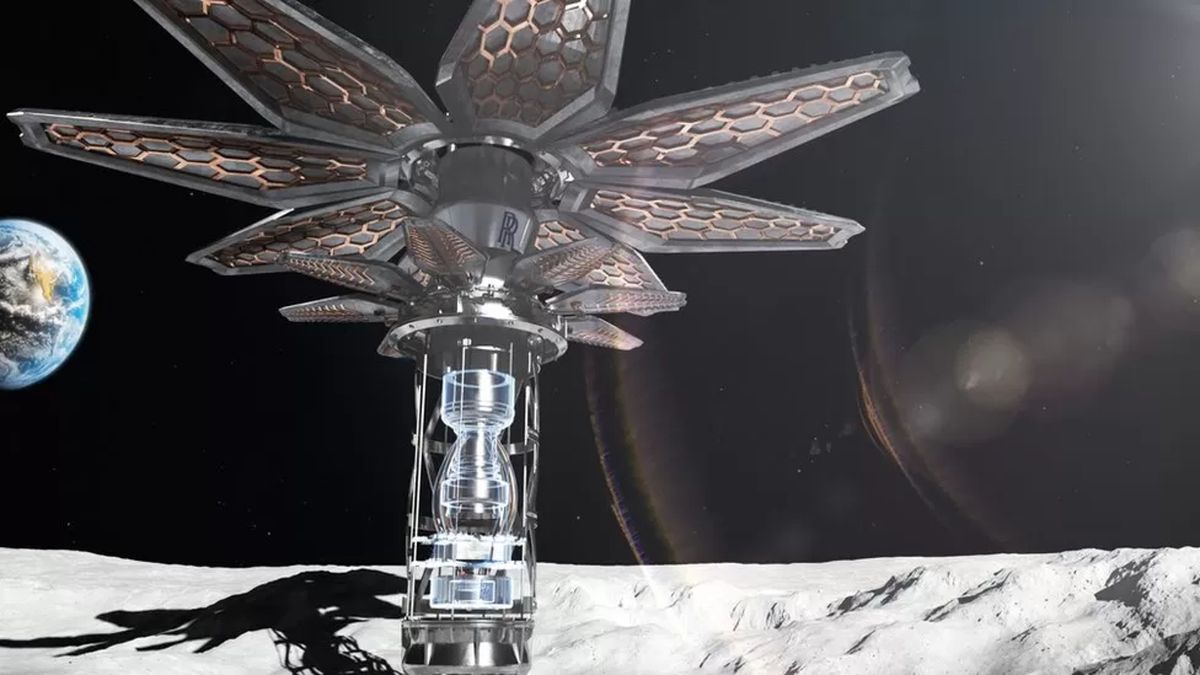Follow us on Google News (click on ☆)
The collaboration between Roscosmos, the Russian space agency, and the China National Space Administration (CNSA) materialized in 2021 with the announcement of their intention to construct an international lunar base. This project, named the International Lunar Research Station (ILRS), was introduced as an opportunity open to all nations and international partners wishing to contribute to lunar exploration. However, this initiative seems to exclude the participation of some nations, such as NASA astronauts, reflecting current geopolitical tensions.

Scientists from the United Kingdom have recently revealed plans for a compact lunar nuclear reactor, considered for future missions by NASA.
Credit: Rolls-Royce
Roscosmos's general director, Yury Borisov, disclosed the ambitious plans to build a nuclear reactor on the Moon, emphasizing that this project could be conducted autonomously, without direct human intervention on the lunar site.
This announcement comes at a time when the need for reliable energy sources for lunar bases becomes apparent. Solar panels, though useful, do not seem to suffice to cover the energy needs of a permanent lunar base. In this regard, British scientists have also explored the design of compact nuclear reactors, powered by fuel cells the size of poppy seeds, a technology that NASA is considering for its future lunar missions.
The perspectives of Russia and China on the Moon differ in terms of recent achievements. While the last Russian lunar mission ended in failure, China has successfully established its presence on the Moon since 2013, culminating with the return to Earth of a capsule carrying samples from our satellite in 2020.

CNSA's Chang'e 5 lunar lander planted a Chinese flag on the Moon in 2020.
Credit: CNSA/CLEP
The development of advanced space technologies, such as CNSA's planned giant reusable rockets in the coming years, demonstrates China's rising power in the space race. These efforts, coupled with Russia's, paint a future where the Moon could become shared ground for research and space exploration, despite international rivalries.